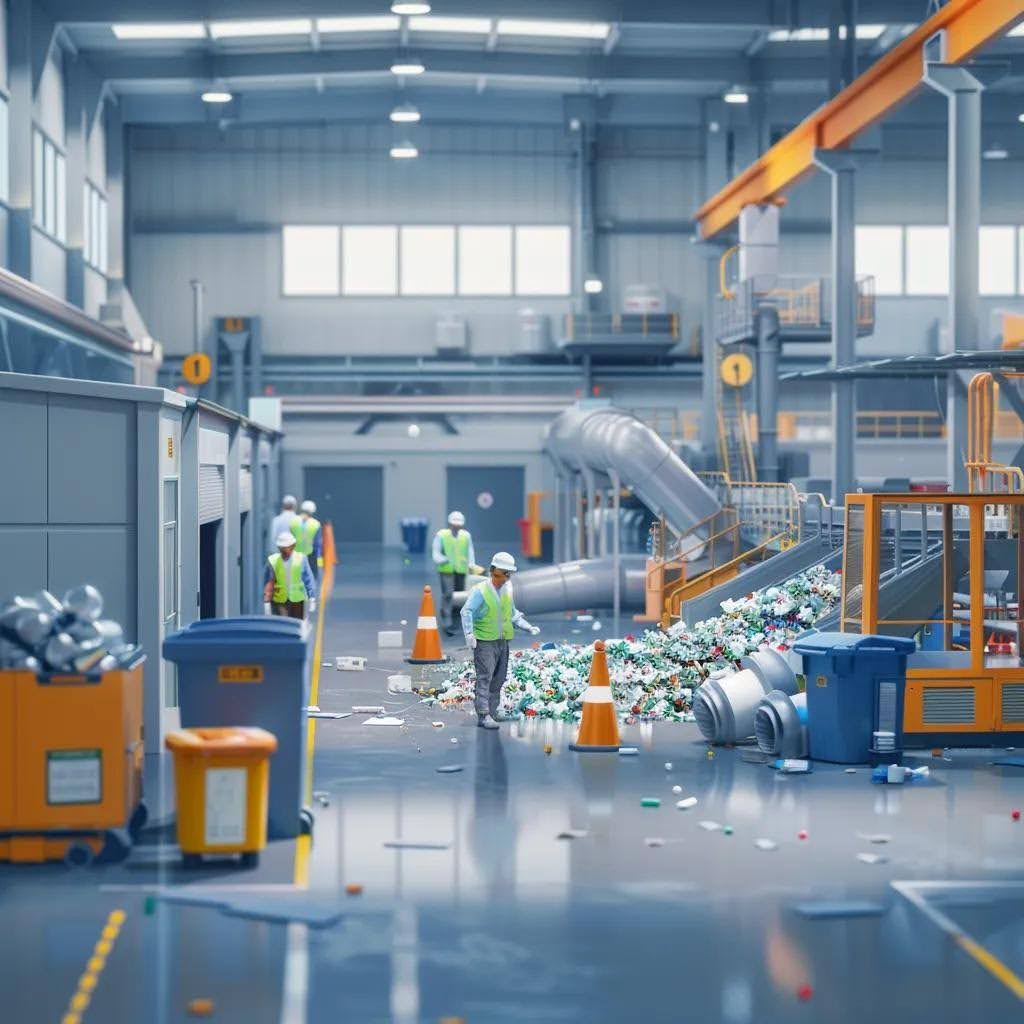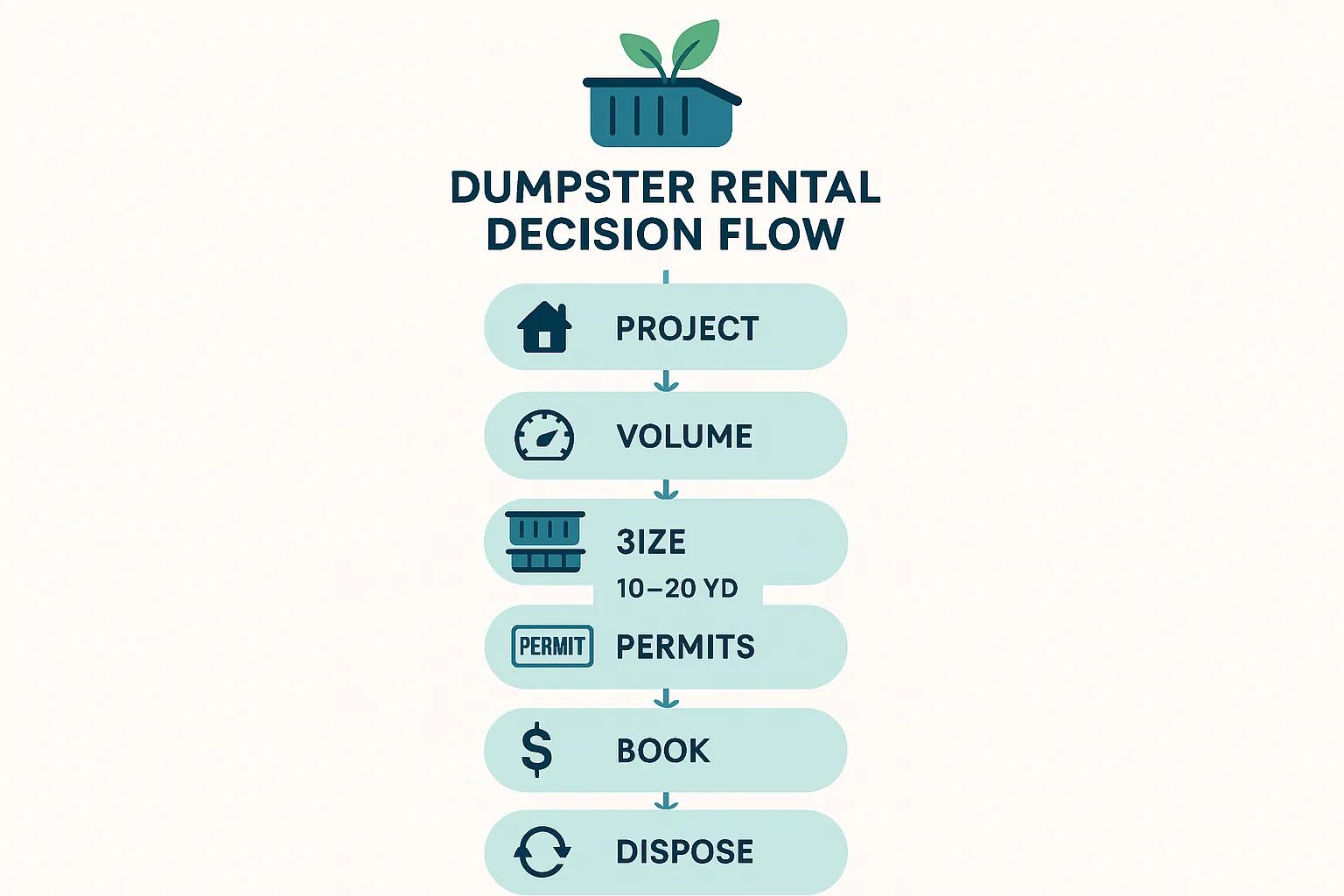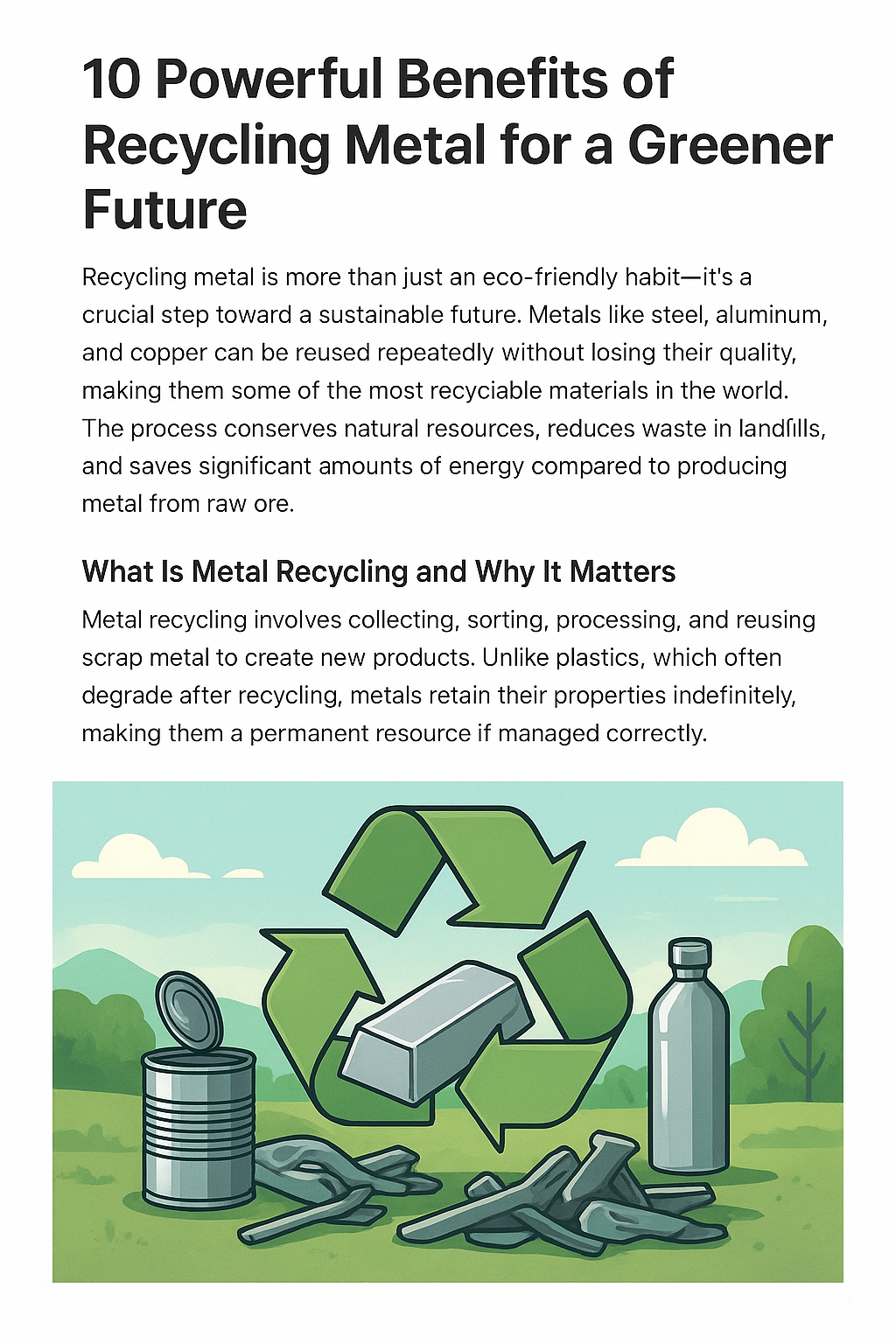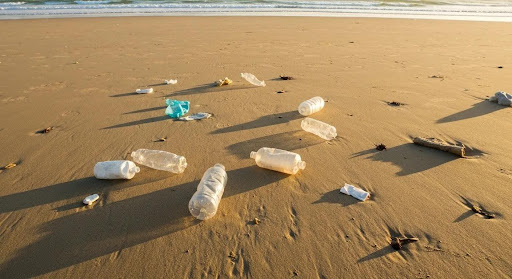
Local regulations on industrial waste create a complex compliance landscape for companies operating across diverse jurisdictions. Non-compliance can trigger hefty fines, permit suspensions and operational disruptions that multiply with each additional facility. This guide explores federal frameworks like RCRA and the Clean Water Act, state-by-state permit variations, waste classifications, audit protocols and industry-specific requirements. It also outlines best practices in waste audits, minimization strategies and how National Waste’s consolidated services reduce administrative burden, optimize costs and streamline compliance for businesses with 50 to 5,000 locations.
What Are the Key Federal Regulations Governing Industrial Waste Management?
The foundation of industrial waste compliance in the United States rests on major federal statutes that define waste classification, treatment standards and enforcement authority. Understanding these laws helps multi-location businesses design uniform disposal procedures and centralized reporting systems.
Key federal regulations include:
- Resource Conservation and Recovery Act (RCRA), governing solid and hazardous waste management.
- Clean Water Act (CWA), regulating industrial wastewater discharges.
- Comprehensive Environmental Response, Compensation, and Liability Act (CERCLA), addressing contaminated site cleanup.
- Toxic Substances Control Act (TSCA), overseeing chemical inventory and reporting.
These statutes establish the baseline requirements that all states must implement, setting the stage for more stringent local variances under state and municipal oversight .
What Is the Resource Conservation and Recovery Act (RCRA) and Its Role in Waste Management?
The Resource Conservation and Recovery Act (RCRA) defines hazardous waste streams, treatment standards and cradle-to-grave tracking to protect human health and the environment. Under Subtitle C, RCRA requires generators to classify, label and manage hazardous wastes through authorized treatment, storage and disposal facilities, ensuring safe handling from generation to final disposal.
United States Environmental Protection Agency (EPA), Resource Conservation and Recovery Act (RCRA) (2024)
| Subtitle | Scope | Primary Requirement |
|---|---|---|
| Subtitle C | Hazardous waste | Cradle-to-grave manifest tracking |
| Subtitle D | Non-hazardous solid waste | State plan adoption and landfill criteria |
| Subtitle I | Underground storage tanks (USTs) | Leak detection and corrective action |
| Subtitle J | Medical waste (in some states) | Segregation and treatment standards |
Sound waste classification under RCRA allows businesses to centralize hazardous waste policies, minimizing liability across multiple sites while meeting federal monitoring and recordkeeping obligations. waste management trends
How Does the Clean Water Act (CWA) Regulate Industrial Wastewater Discharges?
The Clean Water Act establishes the National Pollutant Discharge Elimination System (NPDES) permit program to control point-source discharges of pollutants into U.S. waters. Facilities must obtain an NPDES permit outlining effluent limits, monitoring schedules and reporting requirements to prevent waterway contamination.
United States Environmental Protection Agency (EPA), Clean Water Act (CWA) (2024)
| Permit Type | Purpose | Typical Discharge Limit |
|---|---|---|
| NPDES Industrial | Control of wastewater pollutants | Specific chemical and pH thresholds |
| Pretreatment Program | Protect municipal sewage systems from interference | Maximum concentrations of heavy metals |
| Stormwater Permit | Manage runoff from industrial activities | Limits on sediment and oil & grease |
By standardizing pollutant thresholds and monitoring protocols, the CWA ensures consistent wastewater management across sites, reducing environmental impact and supporting centralized compliance reporting .
What Role Does the Environmental Protection Agency (EPA) Play in Enforcing Industrial Waste Laws?
The Environmental Protection Agency (EPA) enforces federal waste statutes through inspections, data audits and penalty assessments. Its compliance tools include administrative orders, civil penalties up to $76,793 per day of violation (adjusted for inflation in 2024), and criminal referrals for willful infractions. Through regional offices and delegated state programs, the EPA audits manifests, reviews discharge monitoring reports and enforces corrective actions to uphold national standards.
These enforcement mechanisms motivate businesses to adopt centralized compliance tracking and standardized waste handling procedures that protect all facilities under uniform policies .
How Do Federal Regulations Impact Multi-Location Businesses?
Federal rules set consistent waste definitions, permit frameworks and recordkeeping protocols, but they also require each facility to track manifests, sampling and reporting. Companies with multiple sites face: waste management trends
- Redundant permit applications under different EPA regions.
- Diverse sampling frequencies and analytical methods.
- Centralized data management challenges.
- Heightened risk of non-compliance due to decentralized processes.
Adopting enterprise-wide waste management platforms simplifies reporting, aggregates monitoring data and ensures every location aligns with federal requirements before layering state and local regulations. Sustainable waste management can help.
How Do State and Local Regulations Affect Industrial Waste Management?
State and municipal regulations build upon federal laws by adding permit fees, stricter waste classifications or unique treatment standards. Companies must reconcile these local variations with their centralized compliance systems to avoid gaps .
What Are the Differences in Industrial Waste Laws Across Key States?
State environmental agencies often establish requirements that exceed federal baselines. For example, California bans certain hazardous wastes in landfills, Texas requires monthly waste receipt summaries, and New York mandates detailed facility inspections. These distinctions influence permit structures , reporting schedules and approved disposal methods.
| State | Key Variation | Permit Focus |
|---|---|---|
| California | Prohibition of Class I waste in landfills | Hazardous waste manifest and waste tracking |
| Texas | Monthly Waste Receipt Summary (WRS) | Reporting frequency and content |
| New York | Quarterly facility inspections | Inspection documentation and corrective actions |
Awareness of state-specific rules enables businesses to adjust operational procedures and unify compliance across their portfolio. cost effective solution for businesses .
How Do State Environmental Agencies Implement Local Industrial Waste Regulations?
State agencies – such as CalEPA in California, TCEQ in Texas and NYSDEC in New York – develop permit forms, local guidance and enforcement actions. They conduct site inspections, review waste manifests, issue violations for improper disposal and may require corrective work plans. Their delegated authority ensures that federal statutes are tailored to state environmental priorities .
By aligning internal compliance team responsibilities with each agency’s protocols, companies maintain proactive oversight and reduce the likelihood of enforcement actions. waste management
What Are Common State Permit and Reporting Requirements for Industrial Waste ?
Most states require:
- Hazardous waste generator registration with annual renewal.
- Solid waste facility permits for treatment, storage and disposal operations.
- Wastewater discharge permits with periodic monitoring reports.
- Fees and manifest copies submitted electronically or by mail.
Implementing a consolidated permit tracking system across all locations helps companies meet deadlines, automate reminders and centralize documentation for audits.
How Can Businesses Navigate Conflicting State and Local Regulations?
Managing overlapping regulations calls for: navigating waste laws
- Centralizing a compliance matrix that catalogs federal, state and local mandates.
- Engaging local environmental consultants for jurisdictional insights.
- Utilizing single-source waste management providers to interpret and apply the strictest requirements enterprise-wide.
This structured approach harmonizes policies, ensures all facilities meet or exceed local standards and reduces administrative complexity.
What Are the Regulatory Requirements for Different Types of Industrial Waste ?
Waste classification dictates handling, storage, treatment and disposal requirements. Properly distinguishing waste types streamlines compliance and minimizes legal risk.
How Are Hazardous and Non-Hazardous Industrial Wastes Defined and Regulated?
Hazardous waste exhibits ignitability, corrosivity, reactivity or toxicity as defined by RCRA. Non-hazardous solid waste includes commercial and industrial byproducts that lack those characteristics but still require disposal controls under Subtitle D. Identifying waste properties through testing or generator knowledge ensures correct labeling and facility selection .
Hazardous and non-hazardous distinctions determine transport manifests, treatment facility approvals and disposal fees .
What Are the Compliance Obligations for Industrial Wastewater ?
Industrial wastewater often contains regulated pollutants requiring treatment to meet NPDES effluent limits . Obligations include:
- Characterizing influent and effluent through certified laboratory analysis.
- Maintaining daily logs of discharge volumes.
- Submitting periodic Discharge Monitoring Reports (DMRs).
- Implementing corrective actions when concentrations exceed permit limits.
Adhering to these obligations safeguards waterways and supports permit renewals without violations. Minimize waste and save money .
How Do Waste Generator Categories Affect Regulatory Responsibilities?
RCRA classifies generators based on the quantity of hazardous waste produced per month, influencing storage limits, transport requirements and paperwork .
What Are the 3 Types of Waste Generators and Their Compliance Requirements?
To manage obligations effectively, companies segment facilities into: industries .
- Very Small Quantity Generators (VSQG) produce less than 100 kg of hazardous waste per month and face minimal recordkeeping but must avoid accumulation over 1,000 kg.
- Small Quantity Generators (SQG) generate between 100 kg and 1,000 kg monthly and require bi-annual waste characterization and off-site shipment within allowed storage durations.
- Large Quantity Generators (LQG) produce more than 1,000 kg per month and must comply with detailed contingency plans, annual training and extensive record retention.
Understanding generator status helps multi-location businesses allocate responsibilities and budget for appropriate disposal channels .
How Can Businesses Ensure Compliance Through Waste Audits and Management Best Practices?
Structured audits and proven operational strategies mitigate compliance risks and uncover cost-saving opportunities.
What Is the Purpose of an Industrial Waste Audit?
An industrial waste audit identifies waste streams, quantifies volumes and assesses disposal practices to ensure conformity with evolving regulations. This process prevents misclassification, uncovers recycling opportunities and informs centralized policy development .
Regular audits support continuous improvement and strengthen defense against enforcement actions.
How to Conduct an Effective Industrial Waste Audit?
An effective audit follows these steps :
- Inventory Assessment – Catalog waste streams at each facility.
- Sampling and Testing – Verify waste characteristics against regulatory definitions.
- Process Mapping – Document generation points, containment methods and disposal routes.
- Compliance Gap Analysis – Compare current practices to federal, state and local requirements.
- Report and Action Plan – Provide findings and recommend necessary operational changes.
These structured phases drive actionable insights and promote consistent compliance across all sites .
What Are Best Practices for Waste Minimization and Recycling in Industrial Settings?
Adopting lean principles and sustainable processes reduces waste volumes and disposal costs: sustainable waste solutions
- Source Reduction – Substitute less hazardous materials and streamline production steps.
- On-Site Reuse – Recover solvents or process byproducts for reuse in subsequent batches.
- Recycling Partnerships – Collaborate with approved recyclers for metals, paper and plastics.
- Employee Training – Educate staff on waste segregation and spill prevention.
These measures not only lower environmental impact but also yield measurable cost savings on disposal fees .
How Does Consolidated Waste Management Simplify Compliance for Multi-Location Businesses?
National Waste’s unified service model centralizes permit management, scheduling, reporting and billing under one contract. This reduces the administrative burden of dealing with multiple vendors, ensures each location follows the strictest local rules and aggregates waste data for enterprise-level analysis and budgeting.
Centralization promotes transparency , consistency and cost optimization across all sites.
What Are the Penalties and Risks of Non-Compliance with Industrial Waste Regulations?
Failing to meet regulatory obligations can trigger severe financial, legal and operational consequences .
What Are Common Fines and Legal Penalties for Violating Waste Laws?
Violations may incur:
- Civil penalties up to $76,793 per day for RCRA infractions (adjusted for inflation in 2024).
- Criminal charges for knowingly mismanaging hazardous waste.
- Increased inspection frequency and mandated supplemental environmental projects.
These escalating penalties underscore the importance of proactive waste management .
How Can Non-Compliance Affect Business Operations and Permits?
Permit revocations, forced facility shutdowns and required corrective actions disrupt manufacturing schedules and revenue forecasts. Negative inspection findings can also impair corporate reputation and limit future site expansions .
Maintaining continuous permit adherence protects operational continuity and brand integrity.
How Does National Waste Help Mitigate Compliance Risks?
By combining regulatory expertise, on-site assessments and centralized data tracking, National Waste identifies potential non-compliance early, implements corrective measures and manages permit renewals. Their comprehensive audit and training programs reinforce best practices at every location, reducing liability and safeguarding business permits.
How Do Industry-Specific Regulations Impact Industrial Waste Management?
Each sector faces unique waste streams and tailored regulatory mandates that influence compliance strategies .
What Are Unique Waste Management Requirements for Manufacturing Industries?
Manufacturers often generate solvents, metal sludges and off-spec products requiring RCRA manifesting and specialized treatment. They must comply with sector-specific standards for heavy metals, chemical residues and process wastewater .
Integrating waste minimization into production planning streamlines compliance and reduces disposal costs. We also focus on waste minimization
How Does the Automotive Sector Manage Industrial Waste Compliance?
Automotive operations produce used oils, coolant mixtures and paint overspray. Regulations demand separate containment, recycling certifications for used oil and controlled treatment for electrocoat rinsewater under NPDES permits. Centralized scheduling of waste picks ensures each plant meets stringent discharge limits.
What Are Healthcare Industry Regulations for Industrial and Hazardous Waste?
Healthcare facilities generate pharmaceuticals, sharps and chemical sterilants classified as hazardous waste. They must comply with RCRA, Medical Waste Rules and state medical waste incineration standards. Audited tracking of controlled substances and secure storage protocols prevent diversion and maintain public health protections.
Where Can Businesses Find State-Specific Industrial Waste Regulation Resources?
Accessing authoritative local guidance helps companies tailor their compliance programs to every jurisdiction.
How to Access Detailed Industrial Waste Laws by State or Province?
Official state environmental agency websites provide statutes, permit forms and technical guidance documents. Many states host searchable regulation libraries or interactive maps delineating applicable requirements for each waste type.
What Are Key State Environmental Agencies and Their Contact Information?
Leading agencies include:
- California Environmental Protection Agency (CalEPA)
- Texas Commission on Environmental Quality (TCEQ)
- New York State Department of Environmental Conservation (NYSDEC)
- Ontario Ministry of the Environment, Conservation and Parks (MECP)
- Alberta Environment and Protected Areas (AEPA)
Direct engagement ensures up-to-date interpretations and expedited permit processing .
How Does National Waste Support Compliance Across Different Jurisdictions?
National Waste’s regional compliance specialists maintain ongoing relationships with state agencies, track regulatory updates and translate local mandates into standardized waste handling policies. This unified approach keeps multi-location businesses current on every jurisdiction’s requirements and minimizes administrative complexity .
Businesses gain confidence that their entire network of facilities remains compliant under the most stringent local, state and federal rules. National Waste’s centralized management system consolidates permits, reporting and billing, streamlining operations and freeing internal resources to focus on core activities. Partnering with experts reduces risk, optimizes waste costs and ensures uninterrupted business continuity across 50 to 5,000 locations.



